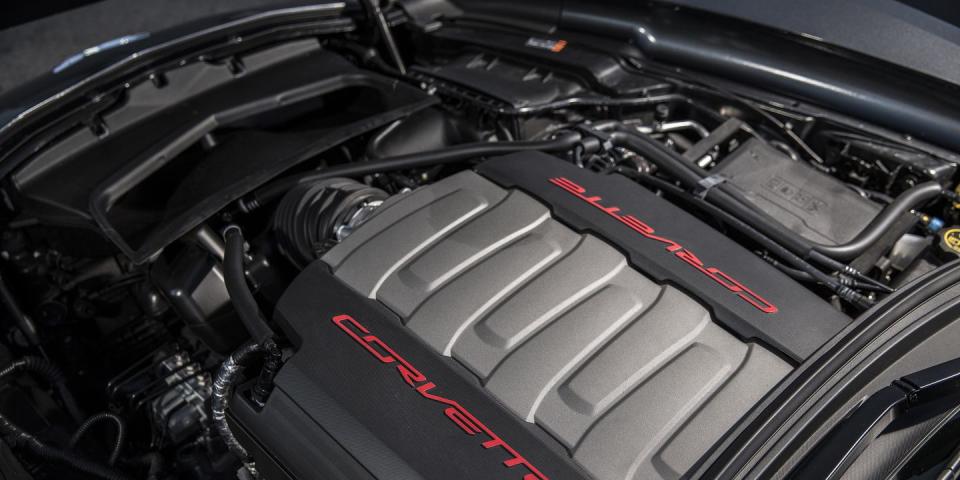This Is Why GM Is Launching a New Small Block V8

General Motors is investing $854 million into its small-block V8 production facilities to prepare to launch the sixth generation of this venerable engine.
This announcement came after a report of a failed battery factory under the LG partnership.
The sixth-generation engine is expected to make more power and be more efficient than the engine it replaces, but details are not yet ready for release.
When Chevrolet introduced its Turbo Fire V8 engine for 1955, it was hard to see it becoming an American icon. Released during the horsepower wars of the 1950s, it was probably even harder to imagine the engine seeing more than a decade under the hood of your family sedan—after all, turbo jets were the next big thing. Somehow, someway, the Chevrolet small block evolved into a staple engine across the board at General Motors and has stayed in production through five generations and nearly 70 years.
While some might have thought that GM’s big push for electrification would leave its beloved small block by the wayside at the end of its current generation, GM now has 854 million reasons to build an even better small block well into the future. Yes, GM is pivoting aggressively to battery-electric vehicles, but that gradual transition means many customers for the foreseeable future will want their new full-size pickups and SUVs powered by internal combustion.
“I think there are a couple of reasons why this engine is being redone,” says Brett Smith from the Center of Automotive Research. “First, these larger vehicles are probably going to be driven by ICE gasoline engines for a long time. Yes, there are some battery-electric vehicles coming out and it may in fact prove that a lot of the buyers admire them. However, they may not. If they don’t, that is a product line that is an absolute core foundation for Ford, GM, and Stellantis in terms of the SUVs and pickups. So there’s an incentive to do it right and do it really efficiently.
Smith goes further and notes that there’s going to be pressure for automakers to meet California’s Advanced Clean Car regulations and a possible upcoming change to the EPA’s local pollutant criteria requirements. “You have to make an engine that is pretty darn efficient and very darn clean, if you’re going to be selling vehicles in the late 2020s,” notes Smith.
The battery-electric market could eventually extend to more trucks and large SUVs, but Smith says these larger vehicles “present some challenge with regard (to) battery size and battery cost. Even if battery cost continues to decline and battery energy power continues to increase, it’s still not a great match.”
This gets us to the “mucky middle,” as Smith puts it. This is where there’s an increasing demand and use of battery-electric powertrains, but not a sharp decline in certain use cases of internal-combustion development, production, and ownership.

 Yahoo Autos
Yahoo Autos 